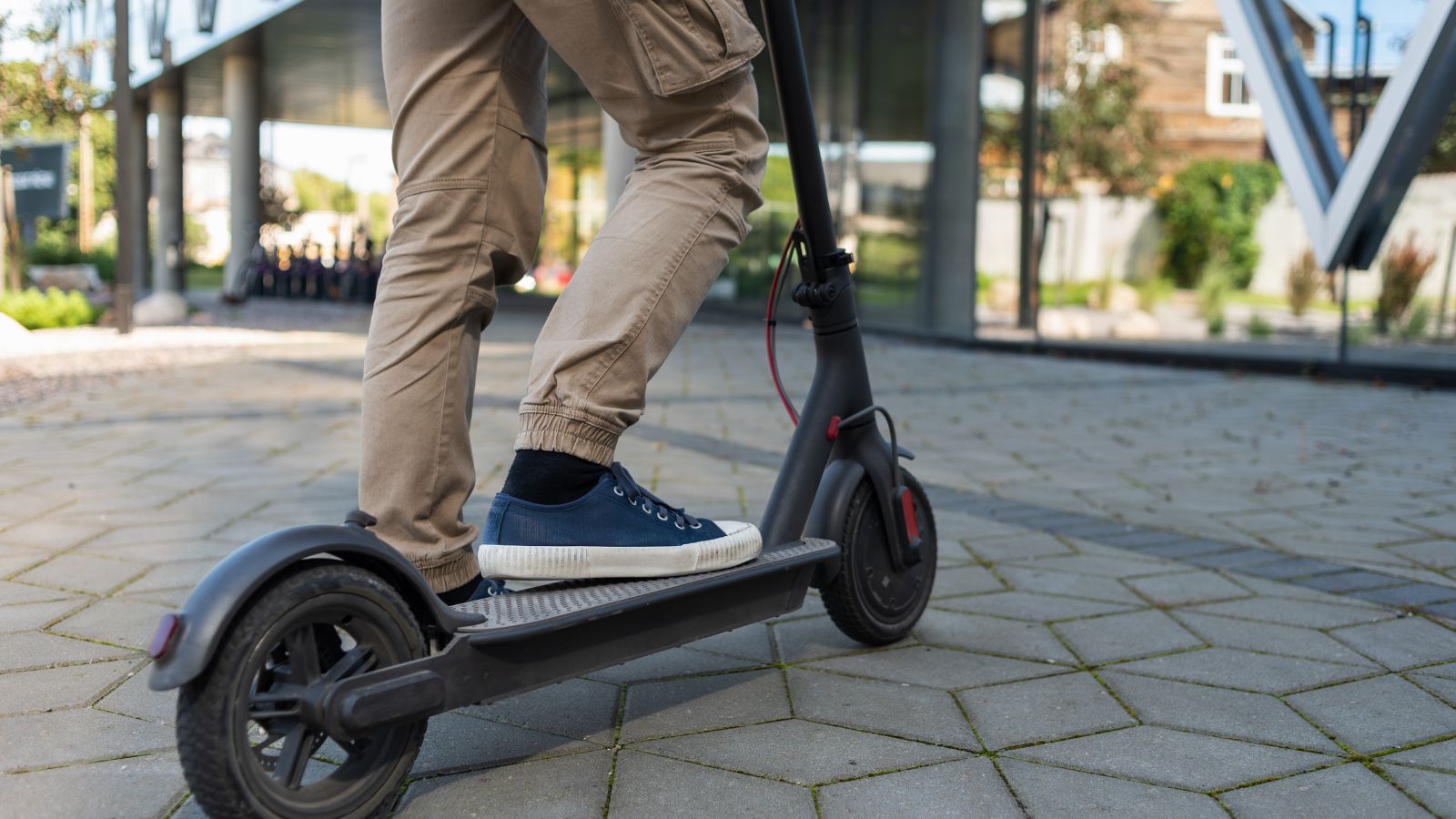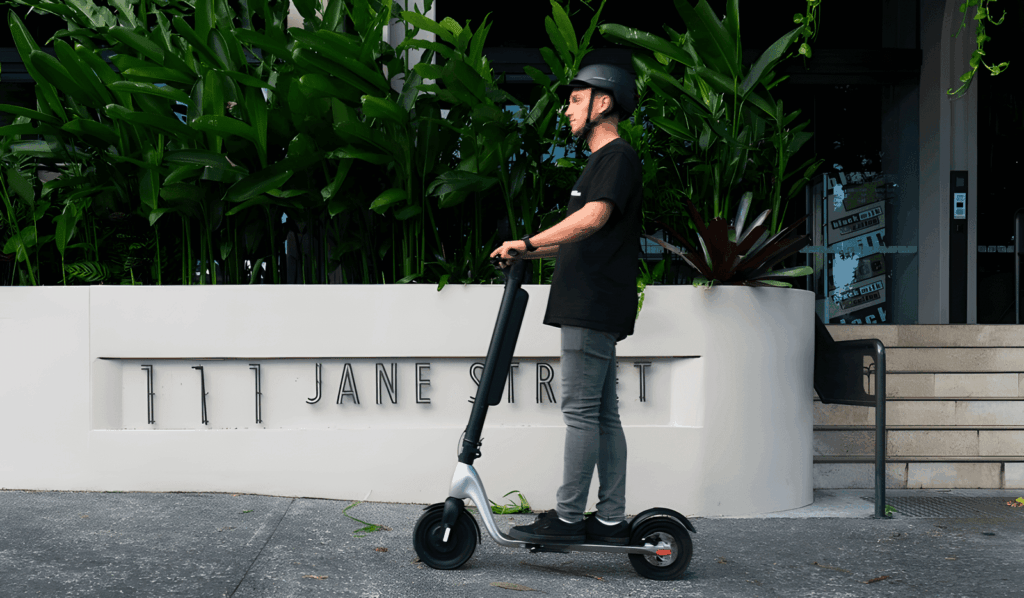Electric scooters have transformed the way we move combining convenience, efficiency, and a dash of adventure into our daily commutes and weekend rides. But with their rising popularity comes an even greater need for safety. Whether you’re a seasoned rider weaving through city streets or just about to take your first glide, knowing how to protect yourself and others is essential. In this guide, we’ll walk through the must-know safety tips covering gear, laws, habits, and maintenance so you can ride with confidence, stay on the right side of the rules, and enjoy every journey without unnecessary risks.
Wear the Right Protective Gear
A helmet isn’t just an accessory, it’s your first line of defense against serious injury. Choose one that meets safety standards, fits snugly, and offers good ventilation for comfort. Complement it with knee and elbow pads to protect against scrapes or fractures in case of a fall. Reflective clothing or accessories can make you stand out, especially in low-light conditions, ensuring drivers and pedestrians see you from a distance. Even experienced riders aren’t immune to accidents, and the right gear can mean the difference between a minor mishap and a serious injury. Suiting up is a small step that delivers big safety benefits.
Know and Follow Local Laws
Every city and country has its own rules for electric scooter use, and understanding them isn’t just about avoiding fines it’s about riding responsibly. Some places require helmets by law, impose strict speed limits, or restrict where scooters can operate, such as bike lanes instead of sidewalks. Age limits and licensing requirements may also apply, depending on your location. By familiarizing yourself with these regulations, you help protect yourself, respect other road users, and support a culture of safe riding. Staying informed ensures you can enjoy the freedom of your electric scooter without unexpected legal trouble.
Inspect Your Scooter Before Every Ride
A quick pre-ride check can prevent unpleasant surprises. Test your brakes to make sure they respond smoothly and check tire pressure for a stable, comfortable ride. Look over the frame and handlebars for any loose bolts or unusual wear. Ensure your battery is sufficiently charged and that your lights both front and rear are working properly for visibility. These small checks take only a few minutes but can make the difference between a smooth trip and a breakdown or accident. Treat it as part of your riding ritual, and your scooter will reward you with reliable performance.
Practice Safe Riding Habits

Safety isn’t just about equipment, it’s about how you ride. Keep your focus on the road, scanning for cars, pedestrians, and other riders. Use hand signals or clear body language to indicate turns or stops, so others can anticipate your movements. Adjust your speed and riding style to match conditions; slow down on wet or uneven surfaces to avoid slipping. Avoid distractions like using your phone while riding. By riding predictably and staying alert, you’ll make the streets safer for yourself and everyone around you.
Ride Responsibly in Traffic
Navigating traffic on a scooter requires confidence and caution. Position yourself where you’re visible to drivers usually in the center of a bike lane or along the right side of the road. At intersections, make eye contact with drivers before crossing and wait for clear signals. When passing other riders or vehicles, give plenty of space and do so only when it’s safe. Predictable movements and clear communication help drivers and cyclists understand your intentions, reducing the risk of collisions. Think of yourself as part of the traffic flow, not separate from it.
Maintain Your Scooter Regularly
A well-maintained scooter is a safer scooter. Wipe down your scooter after rides to prevent dirt and moisture from damaging components. Schedule routine servicing based on your manufacturer’s guidelines to keep brakes, tires, and electronics in top condition. Battery care is equally important avoid overcharging, store it in a cool, dry place, and follow charging best practices to extend its life. Regular maintenance not only keeps you safe but also ensures your scooter runs smoothly and lasts longer, saving you money over time.
Conclusion
Safe riding isn’t a one-time effort, it’s a daily habit. By wearing the right gear, respecting the rules, and caring for your scooter, you set yourself up for confident, enjoyable rides. Preparation, awareness, and respect for the road are the keys to making every journey as smooth and safe as possible.

